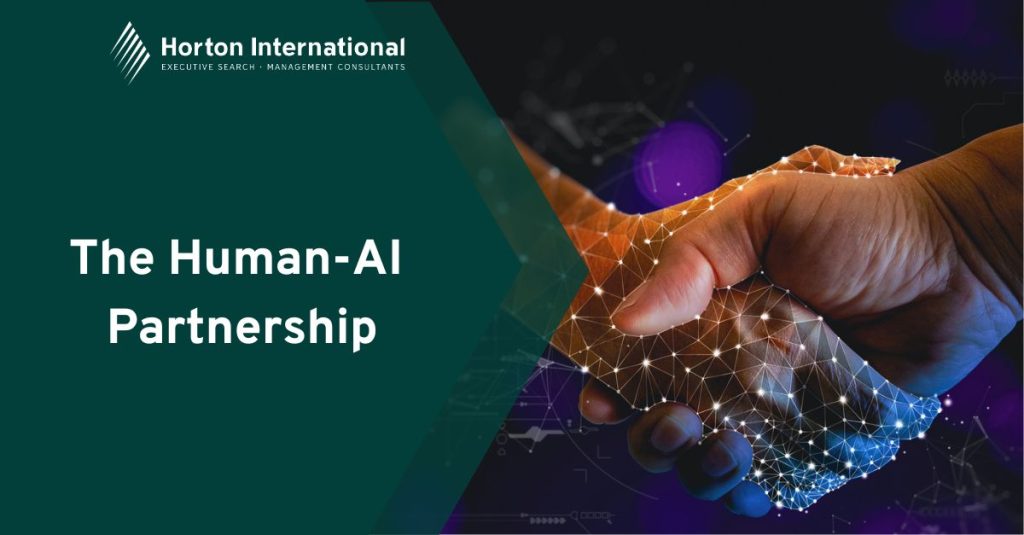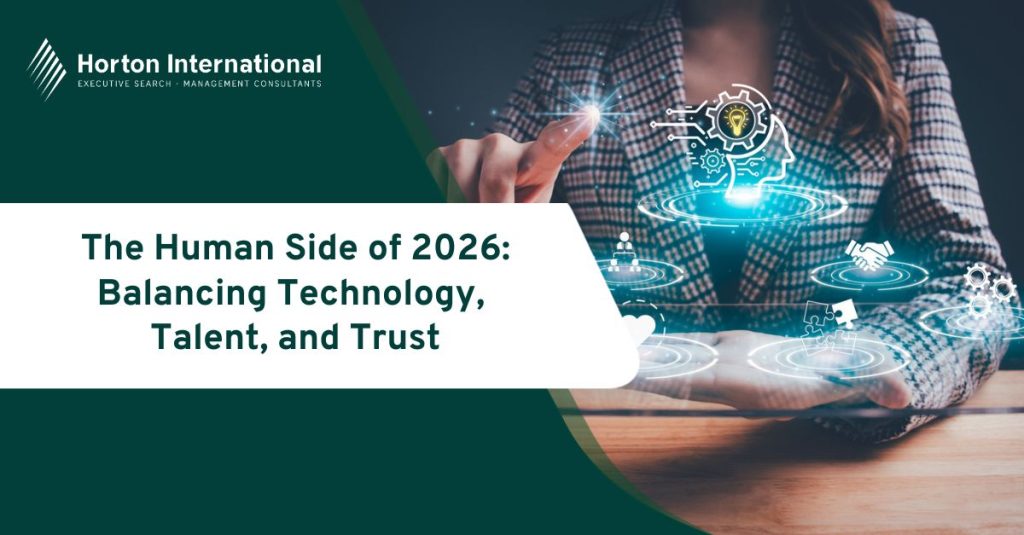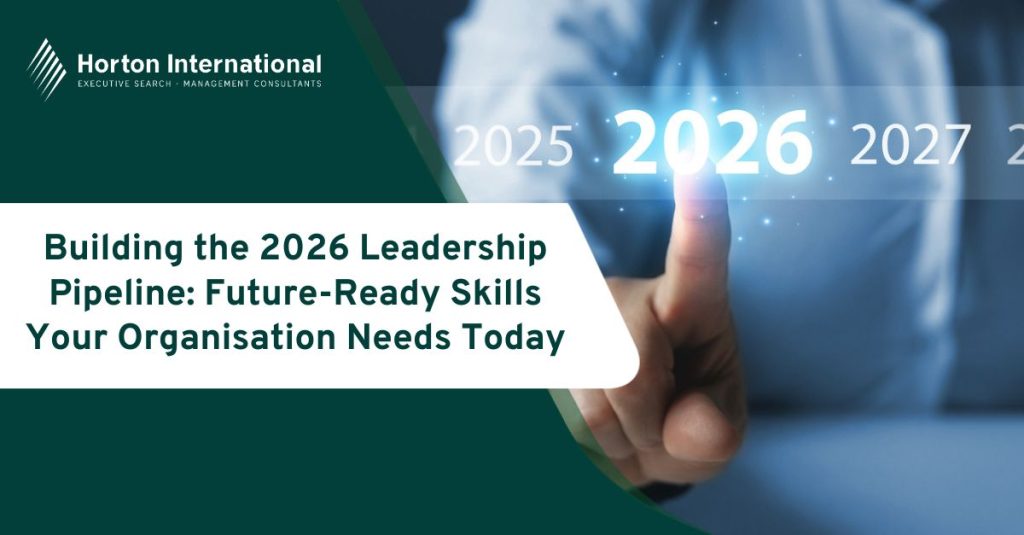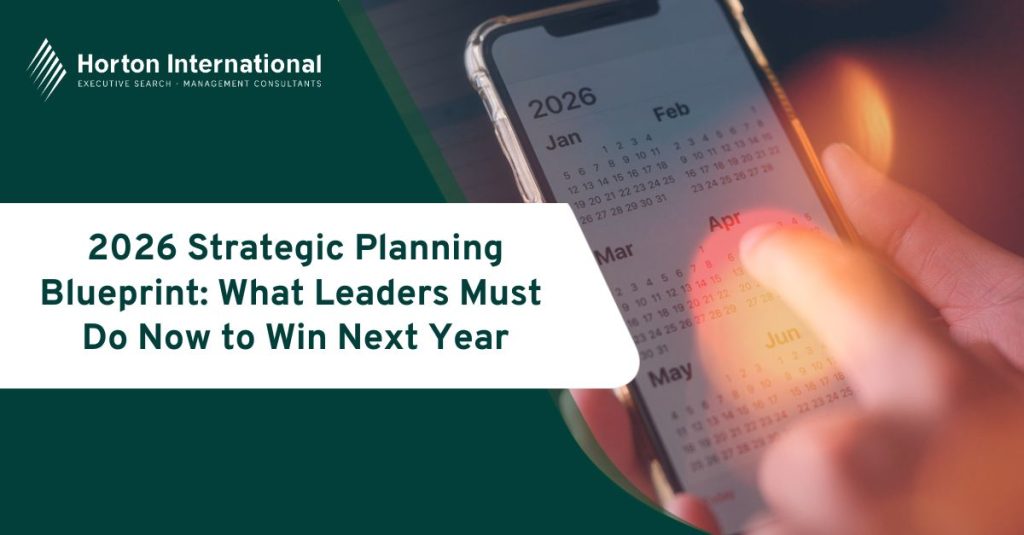Here’s a startling reality: whilst 84% of executives expect AI-powered agents to work alongside humans within three years, only 26% of workers have received any training on how to collaborate with such technologies.[1] It’s a readiness gap, but it’s also the defining challenge (and opportunity) for organisations navigating the AI transformation. Success depends not on technology alone, but on how effectively companies can foster human-AI collaboration whilst recruiting and developing talent capable of thriving in an augmented workforce.
Redesigning Workflows and Organisational Structures
The Workflow Revolution
The foundation of successful AI organisational design is simple, but impactful – it requires an organisation to rethink how work gets done. The organisations achieving bottom-line impact from generative AI are those that have redesigned workflows rather than simply layering technology onto existing processes. Approximately 21% of organisations have fundamentally redesigned at least some workflows as they deploy generative AI, with workflow redesign emerging as the single biggest factor affecting an organisation’s ability to see profitability impact.
“The future of AI is not about replacing humans, it’s about augmenting human capabilities.” ~ Sundar Pichai, CEO of Google
This means organisations must hire for adaptability and learning agility rather than static skill sets. The most successful companies are selectively centralising elements of their AI deployment; creating centres of excellence for risk, compliance, and data governance whilst maintaining hybrid models for technical talent and solution adoption.
The Critical Role of Worker Voice in Technology Implementation
Inverting the Traditional Hierarchy
Contrary to traditional top-down technology rollouts, organisations achieving positive outcomes from human-centred automation are those actively involving employees in decision-making from the outset. Research from MIT identifies four critical stages where worker voice proves essential:
- defining problems the technology will address,
- designing technical features
- educating the workforce
- ensuring fair transitions for affected workers.[2]
The most effective approach inverts the conventional hierarchy, establishing open communication channels where front-line employees can identify opportunities for AI augmentation.
This participatory design approach aligns perfectly with collaborative intelligence principles, where domain expertise meets technical capability to create tools that amplify human judgement rather than replace it.
“AI will not replace humans, but those who use AI will replace those who don’t.” ~ Ginni Rometty, Former CEO of IBM
Recruiting for Collaboration
What does this mean for recruitment strategies? Organisations must prioritise candidates who demonstrate both technical aptitude and collaborative capability. The ability to articulate workflow improvements, engage constructively with technology teams, and adapt working methods represents the new baseline for talent in an augmented workforce.
Bridging the Generational and Skills Readiness Gap
The Millennial Advantage
Recent data reveals a surprising generational divide in AI adoption, with millennials demonstrating the highest comfort levels and most positive views towards workplace AI – outpacing even digitally native Generation Z. More than half of millennials report that AI improves decision-making, reduces stress, and boosts creativity, compared to Gen X and Gen Z respondents, only a quarter of whom express similar views.[3]
Addressing the Training Deficit
This generational difference complicates adoption strategies and underscores the importance of targeted change management. Whilst 80% of workers view AI as opportunity rather than threat, that readiness gap – only 26% receiving collaboration training – represents both a challenge and an opportunity for organisations committed to effective technology-human integration.[4]
The practical implication is that recruiters must identify candidates across all age groups who demonstrate adaptability and growth mindset. Simultaneously, organisations require change management strategies that acknowledge generational differences whilst building universal capability. Multinational companies are implementing widescale up-skilling initiatives, recognising that productivity gains vanish without proper guidance. In other words, untrained workers are likely to redirect saved time towards low-value activities or risk missing AI-generated errors and hallucinations.
Establishing the Four Conditions for Co-Learning
Beyond Traditional Training
The most advanced organisations are moving beyond traditional training towards “co-learning”; a continuous cycle where people teach technology whilst simultaneously learning from it. Research involving 14,000 workers across 12 countries identifies four conditions that enable this paradigm shift, and the results are compelling: organisations meeting these conditions achieve five times higher workforce engagement, four times faster skill development, and twice the confidence in adapting daily work habits to collaborate with generative AI.
The Four Essential Conditions
These conditions require leaders to:
- cultivate curiosity and creativity
- incorporate learning as part of job design rather than an additional burden
- hardwire trust through transparent governance
- ensure AI tools work according to human needs.
For recruiters this framework provides clear criteria for assessing both organisational readiness and individual candidate suitability.
“Nobody phrases it this way, but I think that artificial intelligence is almost a humanities discipline. It’s really an attempt to understand human intelligence and human cognition.” ~ Sebastian Thrun, Chairman and Co-Founder of Udacity
The Trust Imperative
The trust dimension proves particularly critical, and is where many organisations stumble. Whilst many leaders believe they have implemented appropriate AI governance covering ethics, data responsibility, and decision-making, workers consistently report lower confidence levels – up to 14% lower.[5] More than half remain unclear about accountability when issues arise.
Bridging this trust gap requires transparent communication, clear governance structures, and recruitment of leaders capable of articulating both the opportunities and limitations of AI systems.
Recruiting for the Augmented Organisation
New Priorities for Talent Acquisition
Successful AI organisational design demands new recruitment priorities. Beyond technical capabilities, organisations need individuals who demonstrate curiosity about technology, comfort with ambiguity, and commitment to continuous learning. The ability to provide constructive feedback to AI systems, identify appropriate use cases, and maintain critical judgement when reviewing AI outputs represents essential capabilities in roles across all levels.
Scale and Speed of Transformation
Consider the data: larger organisations are leading this transition, with those exceeding £400 million in annual revenue more likely to establish clearly defined roadmaps, dedicated transformation teams, and comprehensive trust-building approaches. However, organisations of all sizes must address the fundamental challenge: time limitation remains the primary barrier preventing workers from developing new skills.
Successful change management therefore requires embedding learning into natural work rhythms through modular content, just-in-time support, and collaborative intelligence systems that make skill development contextual and continuous.
Conclusion: Leading the Transformation
The future belongs to organisations that recognise AI not as a replacement for human capability but as a powerful amplifier of human potential. Success will demand more than technological investment – it requires fundamental rethinking of organisational design, recruitment strategies, and change management approaches. By prioritising worker voice, investing in comprehensive capability building, establishing transparent governance, and recruiting for adaptability alongside expertise, organisations can create cultures where human-AI collaboration drives sustainable competitive advantage.
The organisations that will thrive are already asking themselves the critical question: are our people and our AI learning fast enough, and attuned enough, to succeed?
Sources
[1] https://www.accenture.com/content/dam/accenture/final/accenture-com/document-2/Functions-Learning-Reinvented-2025-Report-Design.pdf#zoom=40
[2] https://mitsloan.mit.edu/ideas-made-to-matter/secret-to-successful-ai-implementations-worker-voice
[3] https://www.ciodive.com/news/AI-sentiment-generational-divide-GenZ-Millenials/733541/
[4] https://www.accenture.com/content/dam/accenture/final/accenture-com/document-2/Functions-Learning-Reinvented-2025-Report-Design.pdf#zoom=40
[5] https://www.mckinsey.com/capabilities/quantumblack/our-insights/the-state-of-ai






